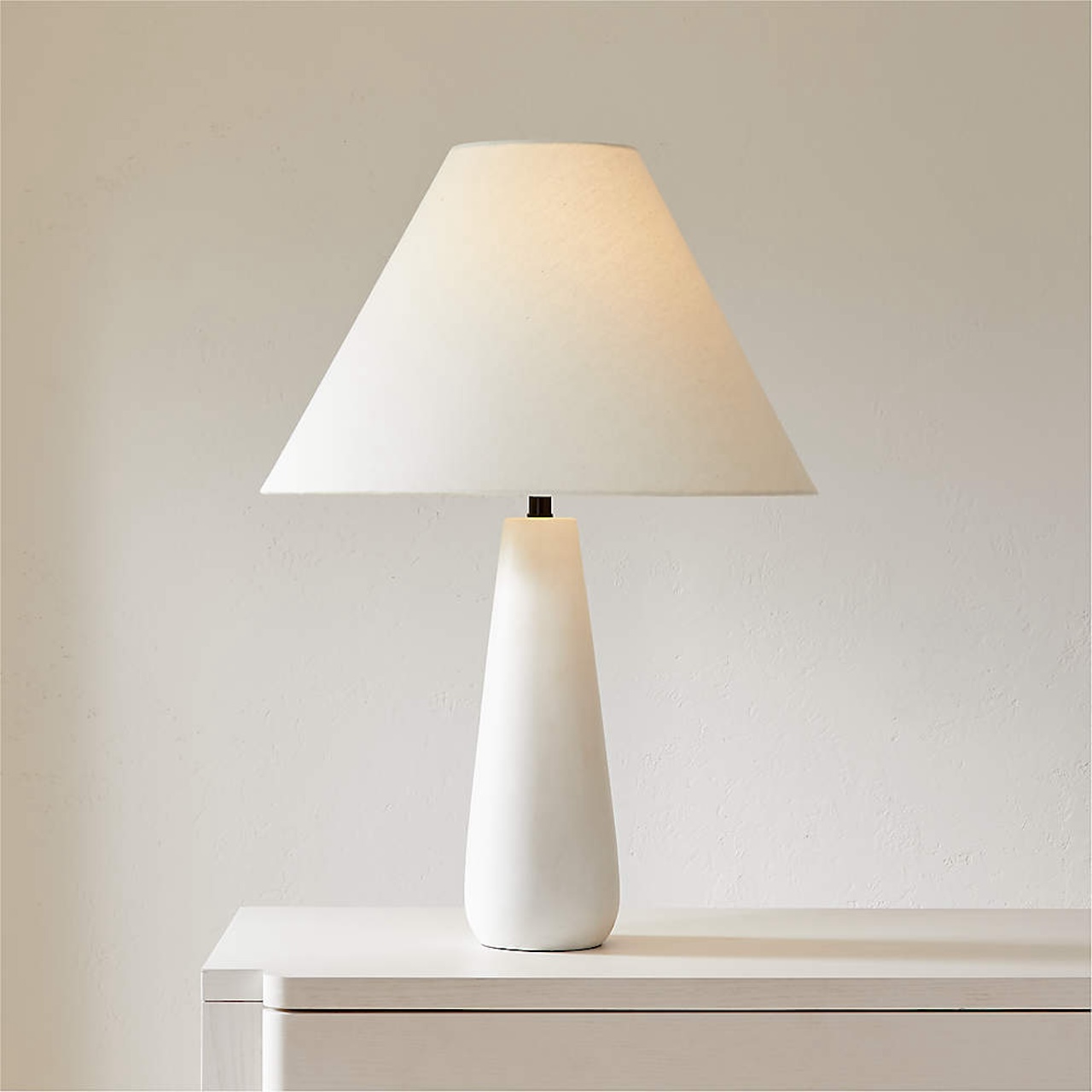

Furniture
Why Does My Lamp Flicker
Modified: January 18, 2024
Discover why your furniture lamps flicker and learn how to fix this common issue. Find helpful tips and tricks to ensure your lighting functions properly.
(Many of the links in this article redirect to a specific reviewed product. Your purchase of these products through affiliate links helps to generate commission for Storables.com, at no extra cost. Learn more)
Introduction
Welcome to the fascinating world of lighting fixtures! Whether you’re decorating your home or setting up your workspace, lamps play a significant role in creating ambiance and providing functional light. However, there’s nothing more frustrating than a lamp that flickers incessantly.
Lamp flickering is not only annoying but can also be a sign of an underlying issue that needs attention. Understanding why your lamp flickers is the first step towards finding a solution. In this article, we’ll dive into the common causes of lamp flickering and explore how you can troubleshoot and fix the problem.
Before we delve into the possible reasons behind lamp flickering, it’s essential to differentiate between two types of flickering – regular and random. Regular flickering occurs at a consistent pace, while random flickering is more unpredictable and sporadic. The nature of the flickering can give us valuable clues about what might be causing it.
Now that we have a clearer understanding of what lamp flickering entails, let’s explore the common causes and how to address them. But first, be sure that any electrical work you undertake is done by a qualified professional to ensure safety and prevent any further damage.
Key Takeaways:
- Lamp flickering can be caused by a variety of factors, including electrical issues, damaged bulbs, loose connections, voltage fluctuations, overloaded circuits, and environmental influences. Understanding these causes is crucial for effective troubleshooting and resolution.
- Proper maintenance, regular inspections, and seeking professional assistance when needed are essential for addressing lamp flickering. By prioritizing safety and taking appropriate measures, you can enjoy a consistent and reliable lighting experience in your home or office.
Read more: Why Does My Dimmer Switch Flicker
Understanding the Basics of Lamp Flickering
To comprehend the various causes of lamp flickering, it’s beneficial to have a basic understanding of the components involved. A typical lamp consists of a bulb, a socket, and a switch, all of which contribute to illuminating your space.
The bulb, often an incandescent, LED, or fluorescent type, is responsible for emitting light. The socket is where the bulb connects to the electrical supply. The switch controls the circuit, allowing you to turn the lamp on and off.
When the lamp flickers, it suggests that there’s a disruption in the flow of electrical current. Multiple factors can contribute to this disruption, ranging from electrical issues to environmental factors. Let’s explore the most common ones in more detail.
Key Takeaways:
- Lamp flickering can be caused by a variety of factors, including electrical issues, damaged bulbs, loose connections, voltage fluctuations, overloaded circuits, and environmental influences. Understanding these causes is crucial for effective troubleshooting and resolution.
- Proper maintenance, regular inspections, and seeking professional assistance when needed are essential for addressing lamp flickering. By prioritizing safety and taking appropriate measures, you can enjoy a consistent and reliable lighting experience in your home or office.
Read more: Why Does My Dimmer Switch Flicker
Understanding the Basics of Lamp Flickering
Before we delve into the various causes of lamp flickering, it’s essential to have a basic understanding of how lamps work and the components involved. By understanding the basics, we can better identify the potential causes and troubleshoot the issue.
A typical lamp consists of three main components: the bulb, the socket, and the switch. The bulb is responsible for emitting light and comes in different types, such as incandescent, LED, or fluorescent. The socket is where the bulb connects to the electrical supply, allowing the current to flow. Finally, the switch controls the circuit, allowing you to turn the lamp on and off.
When the lamp flickers, it indicates that there’s an interruption in the flow of electrical current, causing the bulb to momentarily dim or go completely dark. Understanding the different types of flickering and their characteristics can provide valuable insights into potential causes.
Regular flickering occurs at a consistent pattern, such as a steady pulsating or rhythmic flicker. This type of flickering is often associated with issues in the electrical supply or wiring. On the other hand, random flickering is more unpredictable and sporadic, suggesting potential problems with the bulb itself or loose connections.
Now that we have a basic understanding of lamp components and flickering patterns, let’s delve into the common causes of lamp flickering and explore how to address them.
- Electrical Issues: Faulty wiring, loose connections, or inadequate power supply are common electrical issues that can cause lamp flickering. These issues may result from improper installation, wear and tear, or poor maintenance. It’s important to have a licensed electrician inspect the wiring and connections to identify and fix any electrical problems.
- Dim or Damaged Bulbs: When the bulb is nearing the end of its lifespan or if it’s damaged, it can cause flickering. Replace the bulb with a new one to see if the flickering stops. Choosing the correct wattage and type of bulb for your lamp is also crucial to ensure proper functioning and avoid flickering.
- Loose or Faulty Connections: Over time, the connections in the socket can become loose or worn out, leading to poor electrical contact. This can cause flickering or intermittent power supply to the bulb. Make sure the lamp is unplugged and safely tighten any loose connections. If the socket is damaged, it’s advisable to replace it.
- Voltage Fluctuations: If the voltage supplied to your lamp fluctuates, it can result in flickering. Voltage fluctuations can occur due to faulty wiring, nearby electrical appliances, or issues with the electrical grid. Using a voltage stabilizer or contacting your electricity provider may help regulate the voltage and prevent flickering.
- Overloaded Circuits: If multiple appliances or devices are connected to the same circuit and drawing excessive power, it can overload the circuit and cause flickering. Consider redistributing the load or installing additional circuits to prevent overloading.
- Environmental Factors: Sometimes, external factors such as nearby electrical interference, power surges, or electrical storms can lead to flickering. While these factors may be unavoidable, ensuring your lamp is properly grounded and using surge protectors can help mitigate the effects.
By understanding the basics of lamp flickering and the common causes behind it, you can now begin troubleshooting and finding solutions to alleviate the issue. Remember, if you are unsure about electrical work or if the flickering persists despite your efforts, it’s always best to seek professional assistance.
Common Causes of Lamp Flickering
Lamp flickering can be frustrating and disruptive, but it’s often an indication of an underlying issue that needs to be addressed. By identifying the common causes of lamp flickering, you can troubleshoot and resolve the problem effectively. Let’s explore some of the primary causes:
- Electrical Issues: One of the most common causes of lamp flickering is electrical problems. This can include faulty wiring, loose connections, or inadequate power supply. If the electrical wiring in your home or office is not properly installed or maintained, it can lead to disruptions in the flow of electricity and result in flickering lamps. In such cases, it’s crucial to have a qualified electrician inspect the wiring and make any necessary repairs.
- Dim or Damaged Bulbs: Flickering can also occur if the bulb is nearing the end of its lifespan or if it’s damaged. As bulbs age, their filaments deteriorate, causing flickering. Additionally, bulbs that have been physically damaged or are improperly installed may also flicker. To resolve this issue, replace the bulb with a new one and ensure it is securely fitted into the socket.
- Loose or Faulty Connections: Over time, the connections within the lamp socket or switch can become loose or worn out, resulting in an intermittent power supply to the bulb. This can cause flickering or even complete loss of light. Check for any loose connections and ensure they are tightened properly. If the socket or switch is damaged, it may need to be replaced to eliminate the flickering.
- Voltage Fluctuations: Fluctuating voltage can also be a cause of lamp flickering. Voltage fluctuations can occur due to various reasons, such as faulty wiring, nearby electrical devices, or grid-related issues. If you notice that your lamps flicker at specific times or when certain appliances are in use, it could be an indication of voltage fluctuations. Contacting a professional electrician or your electricity provider can help identify and resolve the issue.
- Overloaded Circuits: If multiple electrical appliances or devices are connected to the same circuit and drawing excessive power, it can overload the circuit and cause flickering. This commonly occurs when high-power devices, such as air conditioners or heaters, are connected to the same circuit as the lamp. To address this, redistribute the electrical load by plugging devices into different circuits or consider installing additional circuits in your home or office.
- Environmental Factors: Sometimes, external factors can also contribute to lamp flickering. For instance, electrical interference from nearby sources, power surges, or electrical storms can cause temporary disruptions in the electrical supply, leading to flickering. While it’s challenging to control these environmental factors, ensuring your lamps are properly grounded and using surge protectors can help mitigate the effects to some extent.
Now that you have a better understanding of the common causes of lamp flickering, you can begin troubleshooting and addressing the specific issue affecting your lamps. Remember to prioritize safety and consult a professional if you’re uncertain about any electrical work.
Electrical Issues
When your lamps start to flicker, one of the first things to consider is potential electrical issues. Faulty wiring, loose connections, or inadequate power supply can all contribute to lamp flickering. Let’s explore these electrical issues in more detail:
- Faulty Wiring: A common cause of lamp flickering is faulty wiring. Poorly installed or aging wiring can result in disruptions to the flow of electricity, causing the lamps to flicker. Over time, wiring can deteriorate due to wear and tear, improper installation, or inadequate insulation. It’s crucial to have a certified electrician inspect the wiring in your home or office to identify any issues and make the necessary repairs.
- Loose Connections: Loose connections within the electrical system can also cause lamp flickering. Over time, the vibrations from everyday movements or temperature changes can loosen the connections between wires, sockets, and switches. When the connection becomes loose, it can interrupt the electrical flow, causing flickering. Checking for loose connections and tightening them carefully can help eliminate this issue.
- Inadequate Power Supply: If your lamps are flickering consistently or becoming dim, it may indicate an inadequate power supply. Insufficient power can occur if the electrical system in your home or office is not designed to handle the load of all the connected appliances and lights. This problem can be resolved by consulting with an electrician who can assess your power requirements and make any necessary upgrades or adjustments to ensure an adequate power supply.
- Poor Maintenance: Neglecting regular maintenance of your electrical system can lead to issues such as lamp flickering. Over time, electrical components can become dirty or corroded, which affects their performance and can cause flickering. Performing routine maintenance, such as cleaning sockets and switches, can help prevent or alleviate these issues.
When dealing with electrical issues, it is essential to prioritize safety. If you are unsure about any electrical work or are uncomfortable handling it yourself, it’s always best to consult a licensed electrician. They have the expertise and knowledge to assess and resolve electrical issues safely.
Preventing electrical issues in the first place is also crucial. Regular inspections, proper installation of electrical systems, and adhering to electrical codes and regulations can help minimize the risk of flickering lamps and other electrical problems. Additionally, investing in high-quality fixtures and bulbs can contribute to a more stable and reliable lighting experience.
By addressing electrical issues promptly and enlisting the help of professionals when needed, you can ensure a safer and more consistent lighting environment in your home or office.
Read more: Why Does My Projector Flicker
Damaged Bulbs or Lamps
When faced with lamp flickering, it’s important to consider the condition of the bulbs and lamps themselves. Damaged bulbs or lamps can contribute to flickering issues. Let’s explore this cause in more detail:
- Bulb Lifespan: Every light bulb has a designated lifespan, which can vary depending on the type of bulb. Over time, bulbs naturally degrade, and their filaments weaken, resulting in flickering or dimming. If you notice consistent flickering from a particular bulb, it may be an indication that it is reaching the end of its lifespan. It’s a good idea to replace the bulb with a new one to eliminate the flickering.
- Physical Damage: Physical damage can also lead to lamp flickering. A bulb that has been dropped, bumped, or mishandled may have a loose filament or damaged internal components that cause intermittent flickering. Similarly, lamps that have been subjected to physical stress, such as being knocked or dropped, can develop loose connections that result in flickering. Inspect both the bulbs and lamps for any visible signs of physical damage and replace them if necessary.
- Improper Installation: Incorrectly installing bulbs or lamps can also cause flickering. Make sure that the bulb is securely screwed into the socket, as loose connections can disrupt the flow of electricity and lead to flickering. Additionally, ensure that the bulb wattage is compatible with the lamp’s maximum wattage. Using a bulb with a higher wattage than recommended can overload the lamp and cause flickering or even damage to the lamp itself.
- Poor Quality Bulbs: Using low-quality or counterfeit bulbs can contribute to flickering issues. Inferior quality bulbs may have inconsistent internal components or inadequate thermal management, leading to irregular electrical currents and subsequent flickering. To avoid this problem, purchase bulbs from reputable manufacturers and retailers, ensuring they meet safety standards.
When dealing with damaged bulbs or lamps, replacing them with new, high-quality counterparts is often the most effective solution. However, it’s important to note that flickering can also be caused by other factors, such as electrical issues or loose connections. If replacing the bulbs or lamps does not resolve the flickering problem, it may be necessary to investigate other potential causes or seek professional assistance.
Remember to always handle bulbs with care and turn off the power before attempting to replace them. If you are unsure or uncomfortable handling electrical components, it’s advisable to consult a qualified electrician to ensure the safety and proper functioning of your lighting system.
By being attentive to the condition of your bulbs and lamps and promptly replacing any damaged or worn-out components, you can enjoy a more reliable and flicker-free lighting experience.
Check the bulb and socket for loose connections. If they are secure, the issue may be with the wiring or the switch. Consider consulting a professional electrician to diagnose and fix the problem.
Loose or Faulty Connections
Loose or faulty connections within the lamp’s electrical system can contribute to flickering issues. When the connections between the socket, switch, and wires become loose or damaged, it can disrupt the flow of electricity and cause flickering. Let’s explore this cause in more detail:
- Socket Connections: The socket is where the bulb connects to the electrical supply. Over time, the connections within the socket can become loose due to vibrations or improper installation. Loose connections can interrupt the electrical flow and lead to flickering. Check the socket to ensure that the bulb is securely seated and that the contacts within the socket are clean and properly aligned. If the socket is loose or damaged, it may be necessary to replace it to eliminate the flickering.
- Switch Connections: The switch controls the circuit, allowing you to turn the lamp on and off. Loose or faulty connections within the switch can cause flickering. If you notice consistent flickering when you toggle the switch or when the lamp is in a particular position, it may indicate an issue with the switch connections. Carefully inspect the switch and tighten any loose connections or consider replacing the switch if necessary.
- Wires and Wiring Connections: The wires within the lamp play a crucial role in transmitting the electrical current. Over time, the connections between wires or between wires and other components can become loose due to vibrations or constant use. Loose wire connections can result in flickering or intermittent power supply. It’s important to ensure that all wire connections within the lamp are properly secured and tightened. If you notice any damaged or frayed wires, they should be replaced to prevent further issues.
When inspecting and working with electrical connections, always remember to prioritize safety and follow proper procedures. Ensure that the lamp is unplugged and the power is turned off before attempting any repairs or adjustments. If you are unsure or uncomfortable handling electrical components, it’s always best to consult a qualified electrician.
In some cases, the flickering may persist even after checking and tightening the connections. This could be a sign of more complex electrical issues within the lamp or the electrical system of your home or office. In such situations, it’s best to seek the assistance of a professional electrician who can accurately diagnose and resolve the problem.
By ensuring that all connections within your lamp are secure and well-maintained, you can minimize the risk of flickering and enjoy a more consistent and reliable lighting experience.
Voltage Fluctuations
Voltage fluctuations can be a common cause of lamp flickering. When the voltage supplied to your lamp varies, it can result in flickering or dimming of the light. Let’s explore this cause in more detail:
- Faulty Wiring: Faulty wiring within your electrical system can lead to voltage fluctuations. Over time, wiring can deteriorate, resulting in inadequate electrical conduction and irregular voltage supply. If you suspect faulty wiring, you should contact a qualified electrician to inspect and make any necessary repairs or replacements to ensure stable voltage supply to your lamps.
- Nearby Electrical Appliances: Certain electrical appliances or devices in close proximity to your lamps can cause voltage fluctuations. When these appliances switch on or off, they may draw a significant amount of power, causing voltage fluctuations in the electrical circuit. To mitigate this issue, you can try plugging your lamps into a different circuit, away from high-power appliances, or consider using voltage stabilizers to regulate and stabilize the voltage supply.
- Electrical Grid Issues: Voltage fluctuations can also occur due to problems with the electrical grid. Large disturbances, such as power surges or drops, can impact the voltage supply in your home or office building, resulting in flickering lamps. While you may not have control over the electrical grid, you can install surge protectors to safeguard your lamps against sudden voltage spikes.
- Faulty Voltage Regulator or Transformer: If your home or office has a voltage regulator or transformer, a malfunction in these devices can lead to voltage fluctuations. These components are responsible for regulating and stabilizing the voltage supply to your electrical system. If you suspect a faulty voltage regulator or transformer, consult a professional electrician to diagnose and replace the defective equipment.
It’s important to address voltage fluctuations promptly, as they can not only cause lamp flickering but also potentially damage electrical appliances and devices. If the flickering persists after taking the necessary precautions, it’s advisable to consult a qualified electrician who can assess your electrical system and identify the root cause of the voltage fluctuations.
Remember, handling electrical components can be dangerous, so always prioritize safety. If you are uncertain about any electrical repairs or adjustments, it’s best to seek the assistance of a professional electrician who has the knowledge and experience to resolve voltage-related issues.
By addressing voltage fluctuations and ensuring a stable and consistent power supply to your lamps, you can enjoy uninterrupted illumination and a flicker-free lighting experience.
Overloaded Circuits
If you have multiple electrical appliances or devices connected to the same circuit and are experiencing lamp flickering, it is possible that the circuit is overloaded. Overloading occurs when the electrical demand exceeds the capacity of the circuit, resulting in flickering lights and potential issues. Let’s explore this cause in more detail:
- Power Demand: Every electrical circuit has a specific capacity, measured in amps, which represents the maximum amount of electrical current it can safely handle. Large appliances such as air conditioners, heaters, or high-powered machinery consume a significant amount of power. If these appliances are connected to the same circuit as your lamps, the combined power demand may overwhelm the circuit, leading to flickering lights.
- Distributed Load: To alleviate an overloaded circuit, it is important to distribute the electrical load across different circuits. Identify which appliances or devices are connected to the circuit causing the flickering and try moving some of them to other circuits. This helps distribute the load and prevents any one circuit from becoming overwhelmed.
- Additional Circuits: In some cases, redistributing the load may not be sufficient to solve the problem. If you frequently experience lamp flickering due to overloaded circuits, it may be necessary to install additional circuits in your home or office. An electrician can assess your electrical needs and add new circuits to handle the increased demand, reducing the likelihood of overload.
- Professional Assessment: If lamps continue to flicker even after redistributing the load or installing additional circuits, it is recommended to consult with a qualified electrician. They can inspect your electrical system, identify any underlying issues, and provide the appropriate solutions to prevent circuit overload.
Overloaded circuits not only lead to lamp flickering but also pose a safety risk. Excessive electrical demand can cause the circuit to overheat, potentially resulting in electrical fires or damage to the electrical system. It is crucial to address and rectify overloaded circuits promptly to maintain a safe and efficient electrical infrastructure.
Always prioritize safety when handling electrical systems and consult a professional electrician for any necessary installations or repairs. They have the expertise to assess your specific electrical needs and ensure proper circuit distribution to prevent overload and flickering.
By distributing the load across circuits appropriately and adding dedicated circuits when needed, you can maintain a balanced electrical system and enjoy flicker-free lighting throughout your home or office.
Read more: Why Is My Chandelier Flickering
Environmental Factors
Lamp flickering can also be influenced by various environmental factors. While these factors are often beyond our control, understanding their impact can help in finding ways to mitigate or minimize flickering. Let’s explore some of the common environmental factors that can contribute to lamp flickering:
- Electrical Interference: Nearby electrical devices, such as motors, refrigerators, or even power lines, can cause electrical interference that affects the stability of the electrical supply. This interference can lead to lamp flickering. If you suspect electrical interference, try moving the lamp to a different location or away from the source of interference to see if the flickering stops.
- Power Surges: Power surges occur when there is a sudden increase in electrical voltage, which can cause momentary fluctuations in the electrical supply. Power surges can be the result of lightning strikes, utility company-related issues, or electrical issues within your home or office. To protect your lamps from power surges, consider using surge protectors or installing whole-house surge protection systems. These devices help regulate voltage and protect your lamps from potential damage caused by power surges.
- Electrical Storms: During thunderstorms, electrical activity in the atmosphere can cause fluctuations in the electrical supply. Lightning strikes and power disruptions from electrical storms can result in momentary interruptions, leading to flickering lights. Unfortunately, there isn’t much that can be done to prevent flickering caused by electrical storms. Ensuring your electrical system is properly grounded and surge protected can help minimize the impact of electrical storms on your lamps.
- Environmental Power Load: The power load in your area can also affect the stability of the electrical supply. During peak periods of power demand, such as hot summer days when everyone is using air conditioning, the electrical grid may experience strain. This increased load can lead to voltage fluctuations, resulting in lamp flickering. While you may not be able to control the power load in your area, using voltage stabilizers or regulators can help manage voltage fluctuations and minimize the impact on your lamps.
While environmental factors can be challenging to control, there are measures you can take to minimize their impact on lamp flickering. Ensure your lamps are properly grounded, use surge protectors, and consider investing in voltage stabilizers or regulators to maintain a more stable power supply.
In cases where the flickering is persistent and significantly affecting the functionality of your lamps, consulting with a qualified electrician is recommended. They can assess your electrical system and offer solutions to mitigate the impact of environmental factors on lamp flickering.
By understanding the influence of environmental factors and taking appropriate measures, you can minimize lamp flickering and enjoy a more consistent and reliable lighting experience.
Troubleshooting and Fixing Lamp Flickering
Lamp flickering can be frustrating, but there are several steps you can take to troubleshoot and resolve the issue. By following these troubleshooting tips, you can identify the cause of the flickering and take appropriate measures to fix it:
- Check the bulb: Start by examining the bulb in the flickering lamp. Ensure that it is securely screwed into the socket and properly aligned. If the bulb is old or damaged, replace it with a new one.
- Inspect the connections: Ensure that all of the connections within the lamp, including the socket and switch, are tight and properly connected. Loose connections can cause flickering. If any connections are loose, carefully tighten them to secure the electrical flow.
- Test a different bulb or lamp: If the flickering continues, try using the bulb in a different socket or lamp. This helps determine if the problem lies with the bulb or the lamp. If the issue persists with a different bulb or lamp, further troubleshooting is needed.
- Check for electrical issues: Examine the electrical system for potential problems. Inspect the wiring for any signs of damage or loose connections. If you notice issues with the electrical wiring, it’s crucial to consult a licensed electrician to assess and resolve the problem.
- Consider voltage stabilizers: If voltage fluctuations are suspected, installing a voltage stabilizer or regulator may help to regulate and stabilize the voltage supply to the lamps. Consult with a professional to determine the appropriate device for your electrical system.
- Verify circuit load: Evaluate the load on the circuit and identify if there are any appliances or devices drawing excessive power. If the circuit is overloaded, redistribute the load across different circuits or consider adding additional circuits to distribute the power more effectively.
- Address environmental factors: If flickering is caused by environmental factors, such as electrical interference or power surges, try relocating the lamp away from potential sources of interference. Additionally, consider using surge protectors to safeguard lamps against power surges.
If after troubleshooting, the flickering persists, it is recommended to consult a qualified electrician. They have the expertise and knowledge to diagnose and address complex electrical issues, ensuring the safety and reliability of your lighting system.
Remember, when working with electrical components, always prioritize safety. Ensure that the lamp is unplugged and the power turned off before making any repairs or adjustments. If you are uncertain or uncomfortable handling electrical work, seek professional assistance.
By following these troubleshooting steps and taking appropriate measures, you can identify and resolve the underlying cause of lamp flickering, restoring consistent and reliable lighting to your space.
Conclusion
Lamp flickering can be a frustrating issue, but understanding its causes and following appropriate troubleshooting steps can help you identify and resolve the problem. Throughout this article, we have explored the common causes of lamp flickering and provided insights into how to address them.
Electrical issues, such as faulty wiring or loose connections, can disrupt the flow of electricity and lead to flickering. Inspecting the electrical system, tightening connections, and seeking professional help when needed can rectify these issues.
Damaged bulbs or lamps can also cause flickering. Ensuring that bulbs are in good condition, properly installed, and of high quality is vital. Replacing damaged bulbs or lamps is often the most effective solution.
Loose or faulty connections within the lamp’s electrical system can contribute to flickering. Carefully inspecting and tightening connections can alleviate this problem.
Voltage fluctuations, whether due to faulty wiring or external factors, can cause lamp flickering. Stabilizing voltage through the use of voltage stabilizers or regulators can help maintain a more consistent power supply.
Overloaded circuits, where the electrical demand exceeds the capacity, can result in flickering. Redistributing the load or adding additional circuits can help prevent overload and minimize flickering.
Environmental factors, including electrical interference and power surges, can influence lamp flickering. Mitigating these factors through proper grounding, surge protection, and relocation of the lamp can minimize flickering.
By following troubleshooting steps and seeking professional assistance when needed, you can effectively address lamp flickering and enjoy a more consistent and reliable lighting experience.
Remember, always prioritize safety when working with electrical systems and components. If you are unsure or uncomfortable with any electrical work, it is best to consult a qualified electrician for assistance.
With the knowledge gained from this article, you are now equipped to troubleshoot and resolve lamp flickering issues, ensuring a well-lit and flicker-free environment in your home or office.
Frequently Asked Questions about Why Does My Lamp Flicker
Was this page helpful?
At Storables.com, we guarantee accurate and reliable information. Our content, validated by Expert Board Contributors, is crafted following stringent Editorial Policies. We're committed to providing you with well-researched, expert-backed insights for all your informational needs.
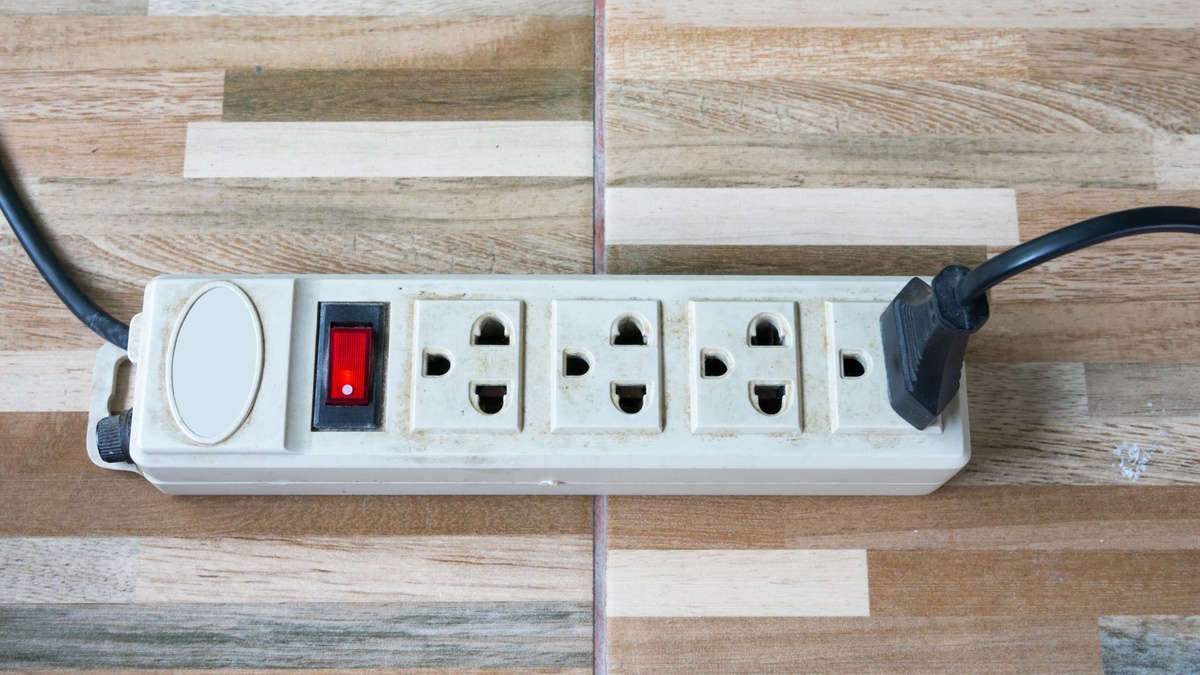
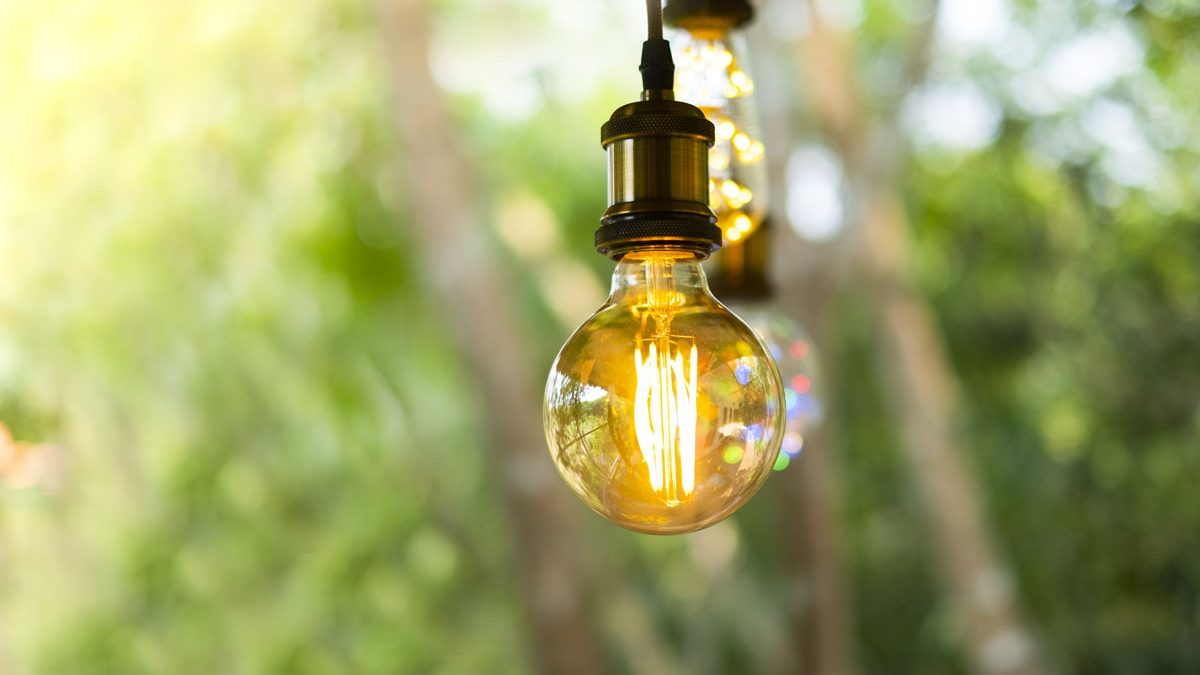
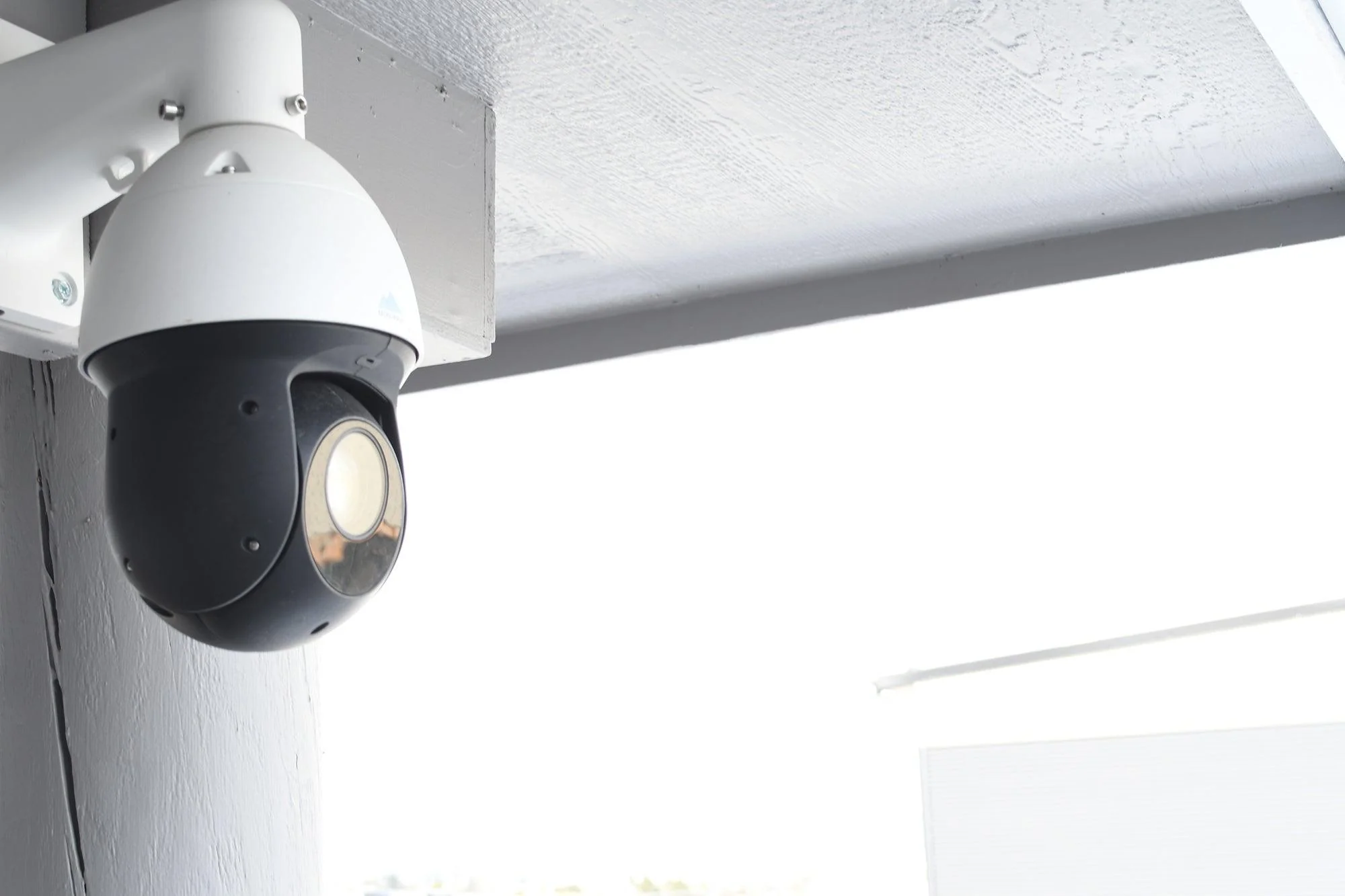
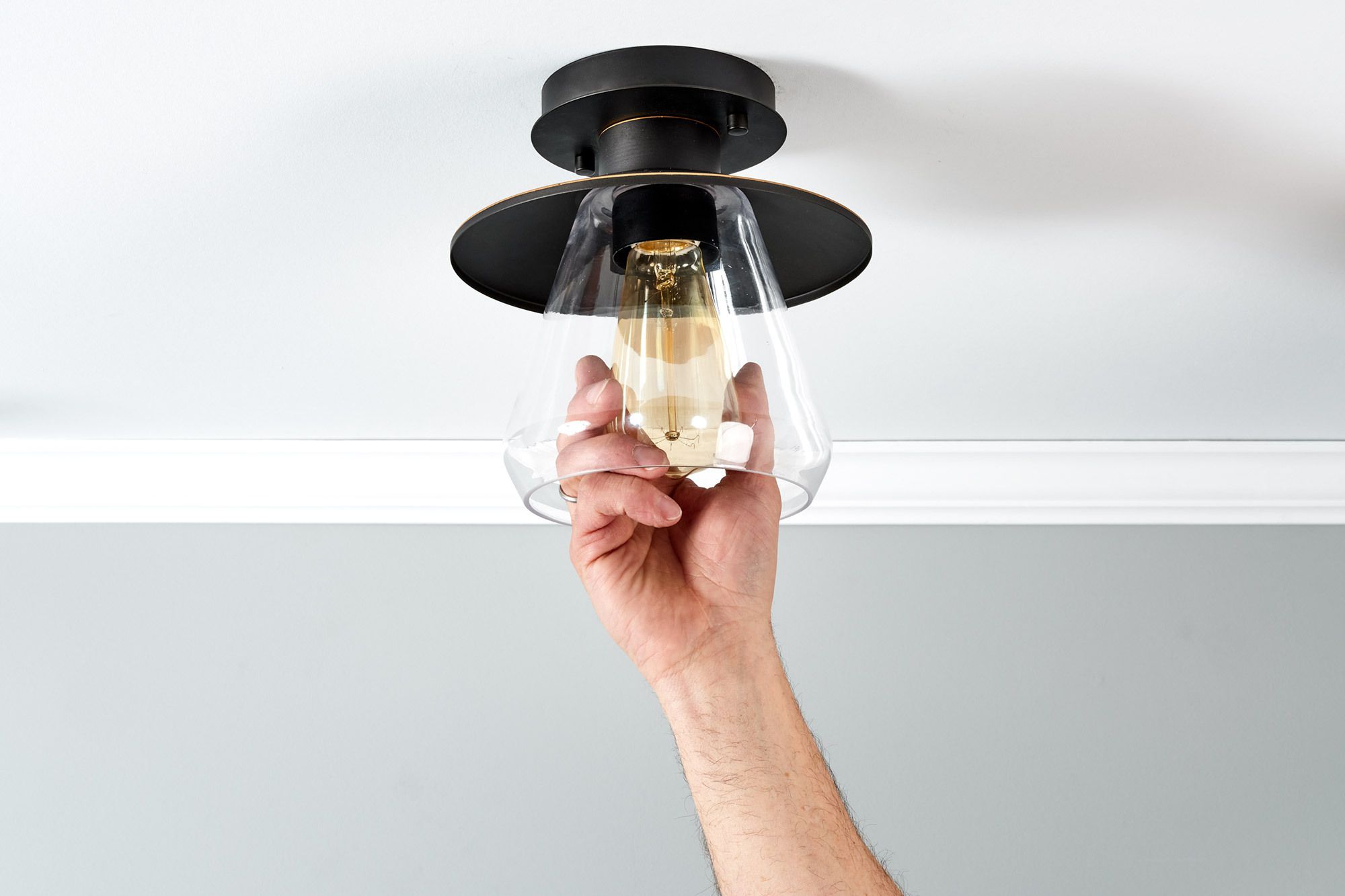


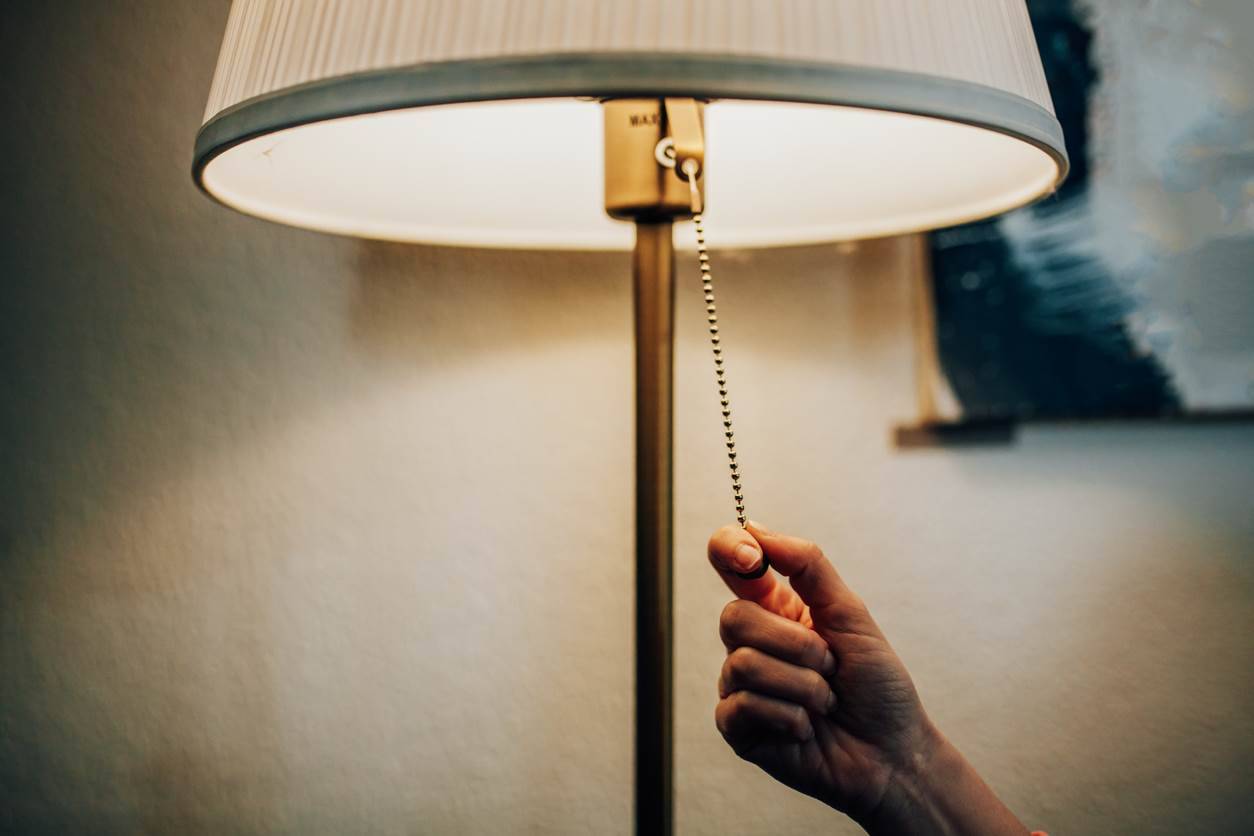
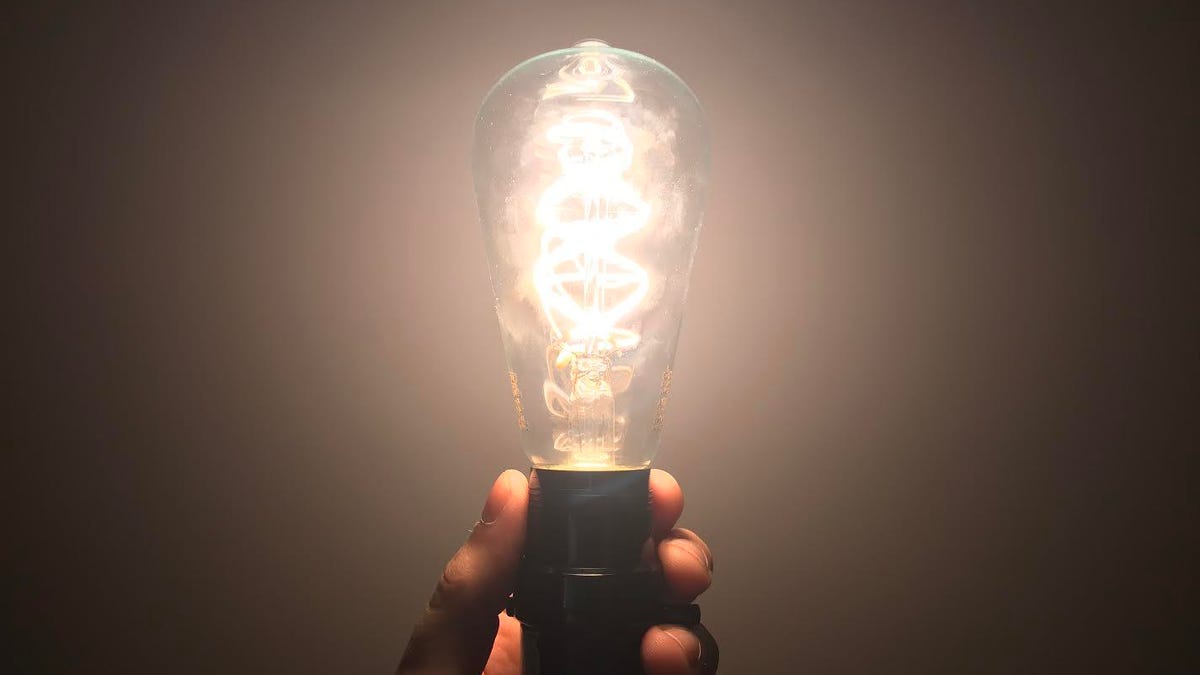
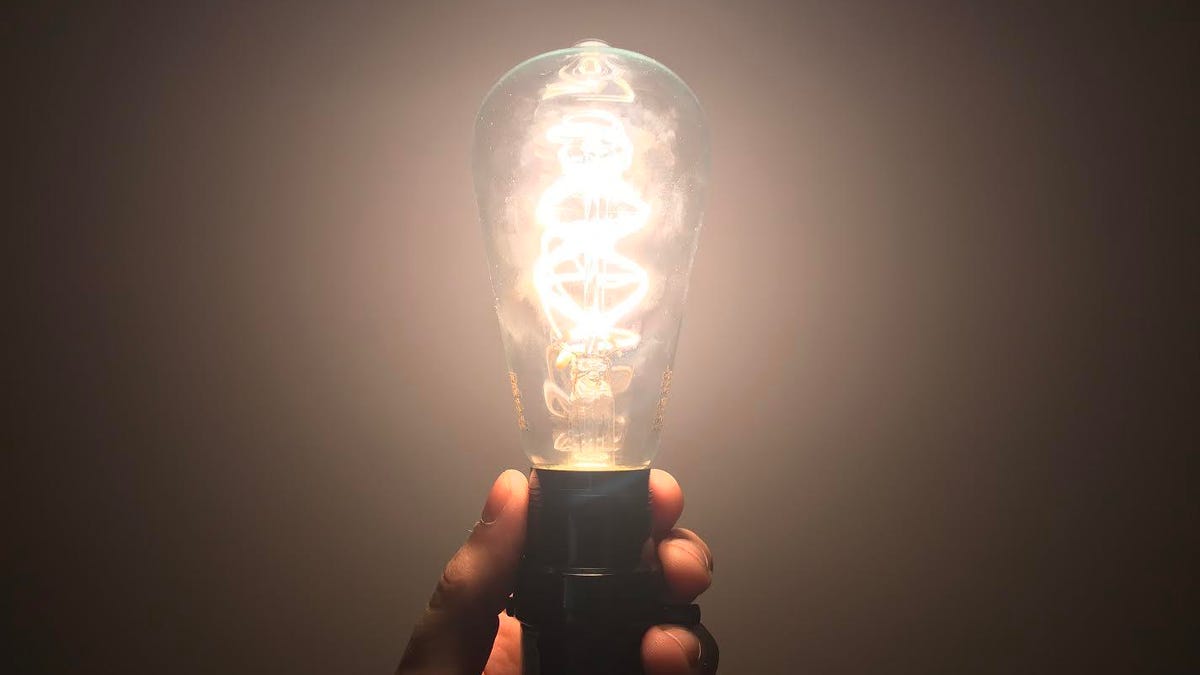
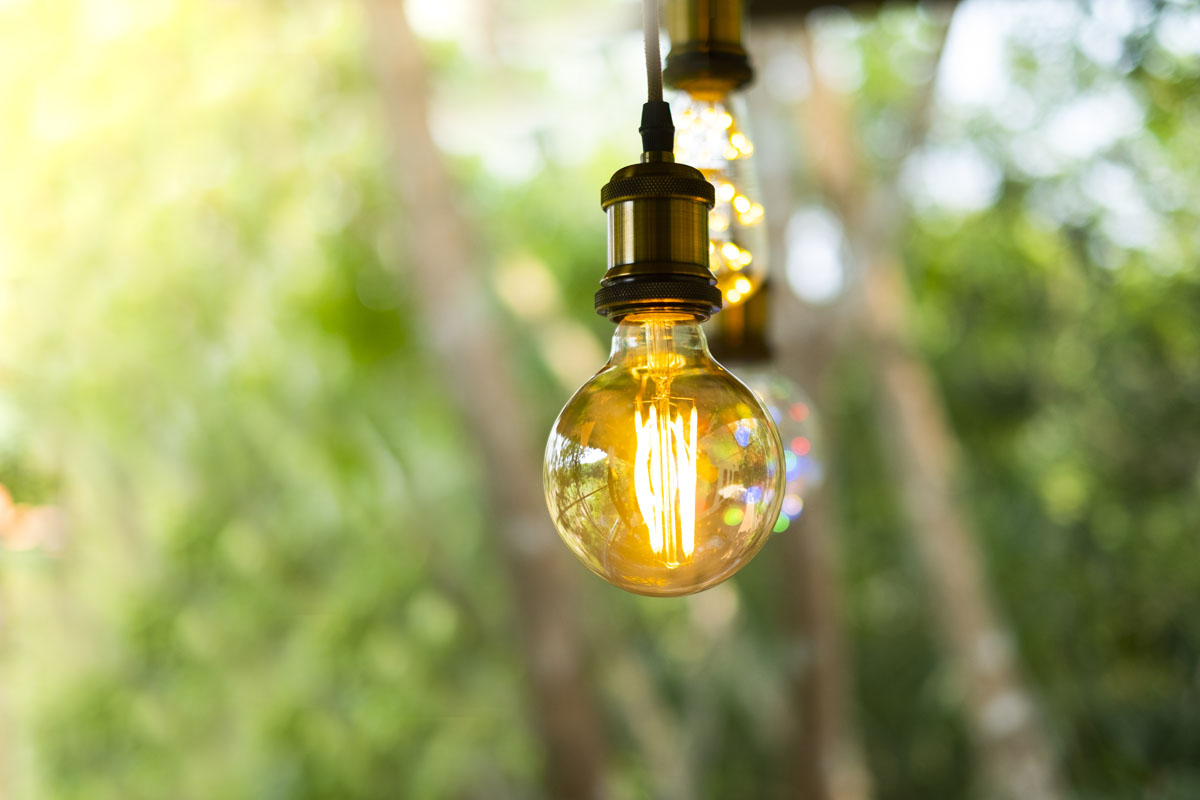
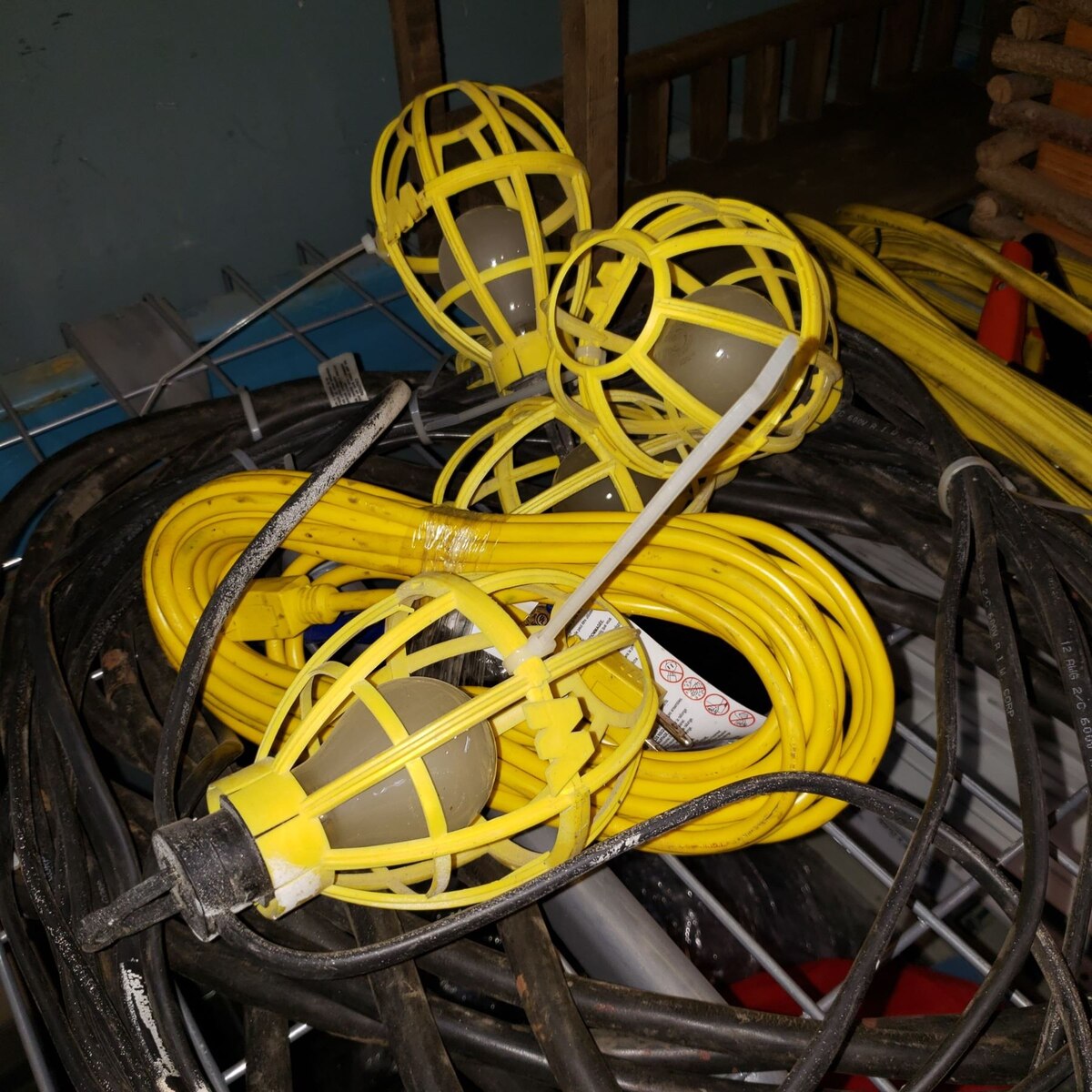
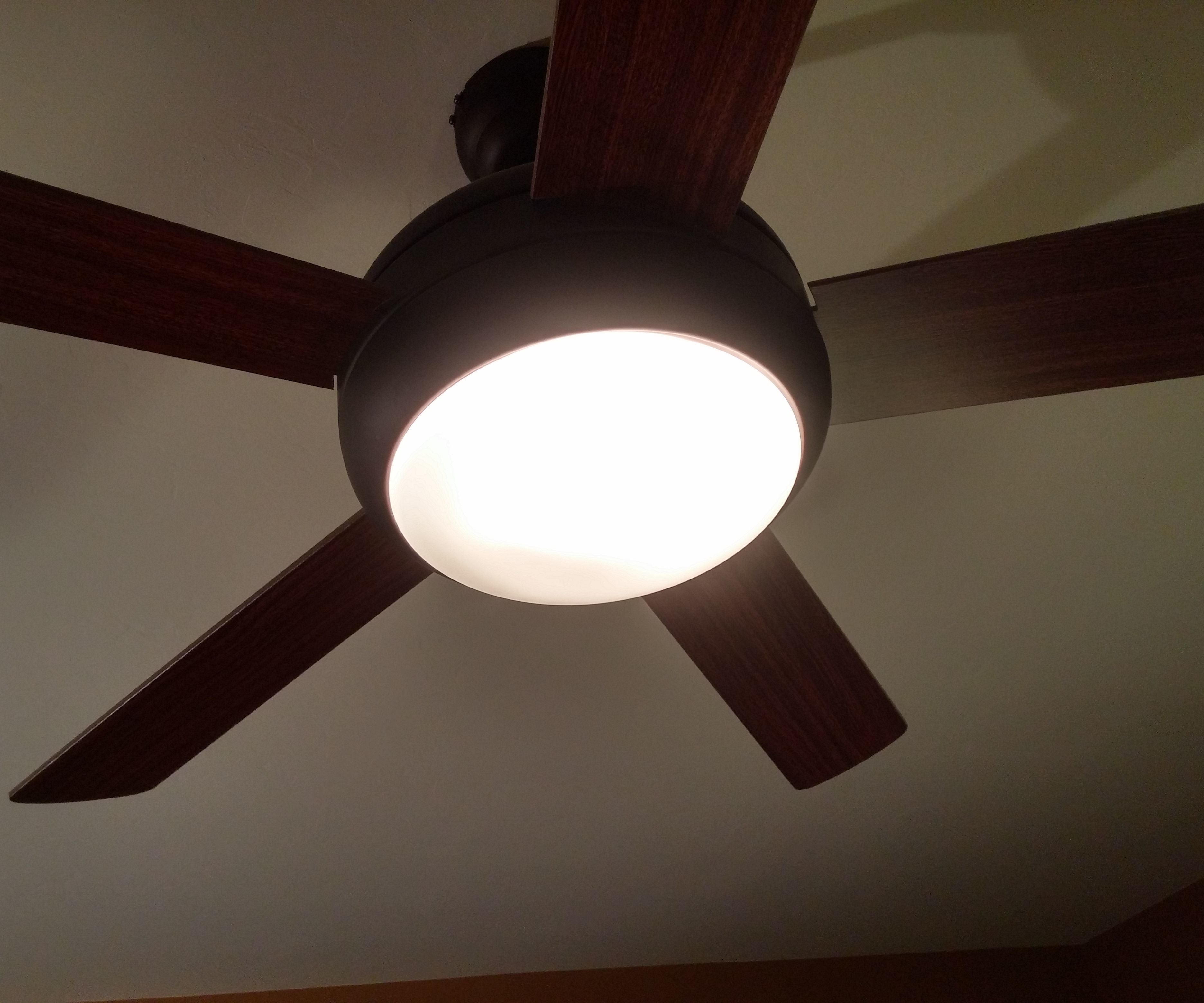


0 thoughts on “Why Does My Lamp Flicker”